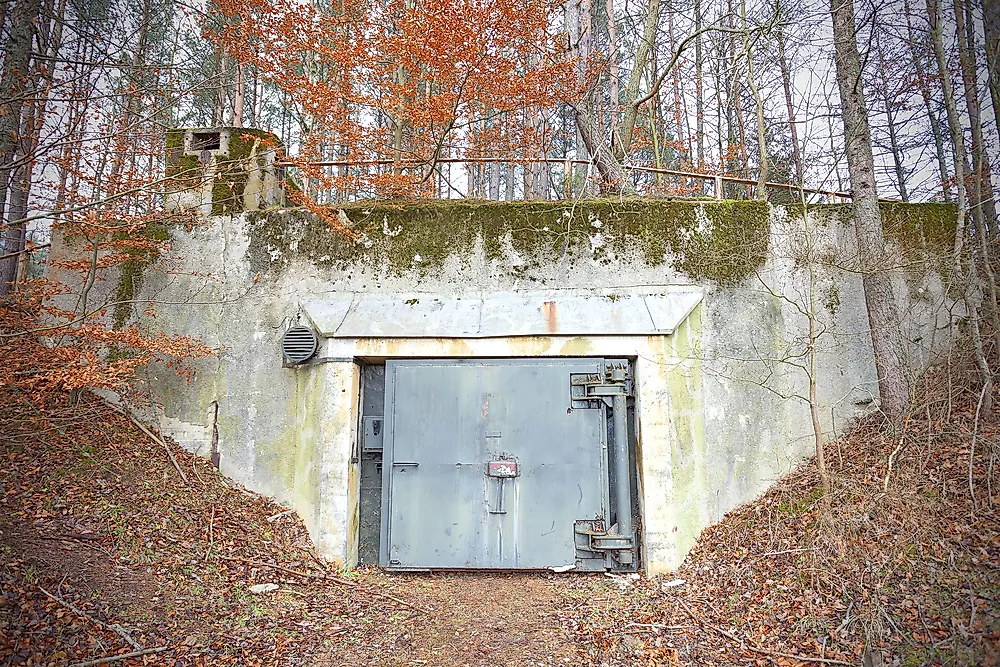What Is A Bunker And What Role Does It Play?

A bunker is a military fortification that is designed underground with the aim of protecting people or valuable goods from bombs or any types of attacks. Bunkers were extensively used during the First World War, Second World War, and the Cold War. They acted as command centers, stores for weapons, and distribution points.
Uses of Bunkers
Bunkers majorly protect people and valuable resources from damage that can be occasioned by enemy bombs. It prevents ear and internal damage by the dropping bombs by deflecting the blast wave from close detonations. Moreover, the bunkers protect people from harmful radiation by blocking its entry into the sheltering places. Bunkers must be built in a manner that can withstand a nuclear attack and its under-pressure aftermath that persist for many seconds after the shock waves. The bunkers’ doors should be equally strong just like their walls and have ventilation if they will be inhabited for many days. Also, bunkers play a role in securing the artillery installations from destruction. The protection of weapons helps the fighting soldiers access enough armaments to facilitate the success of the battles. Apart from the military use, bunkers can be useful during tornadoes.
Types of Bunkers
They are at least five types of the bunkers: munitions storage, personal, industrial, artillery, and trench.
Munitions Storage
Munitions storage bunkers are built purposefully to stock explosive ordnances safely. They are mostly located on hillsides to offer extra containment mass. An example of the munitions storage is the Gravel Gertie that is built to hold any radioactive substances during an accidental explosion when putting together or disassembling nuclear warheads.
Personal
The personal bunker is built together with a house. Its location is strengthened with large cabinets and below-ground bathroom. It is specifically designed to protect people from bombs during war or natural disasters like tornadoes.
Industrial
Industrial bunkers consist of several forms, namely dumpsites, mining sites, data storage, and even the living residences. They were designed particularly by the Germany government to shield essential industries from the aerial bombing during the Second World War. These types of bunkers also act as storage places for explosive materials.
Artillery
These bunkers are built specifically to protect artillery installations, mainly those situated in coastal regions. They also provide shelter for the crews that serve the weapons while at the same time offer protection for the ammunition against fire. Artillery bunkers individually accounted for the largest proportion among the various types of bunkers built during the pre-Cold War era.
Trench
A trench bunker protects the defending force against the enemy force and its aerial attacks. It also acts as a shield against harsh weather. The trench has a partially open top to give room for weapons discharge.











